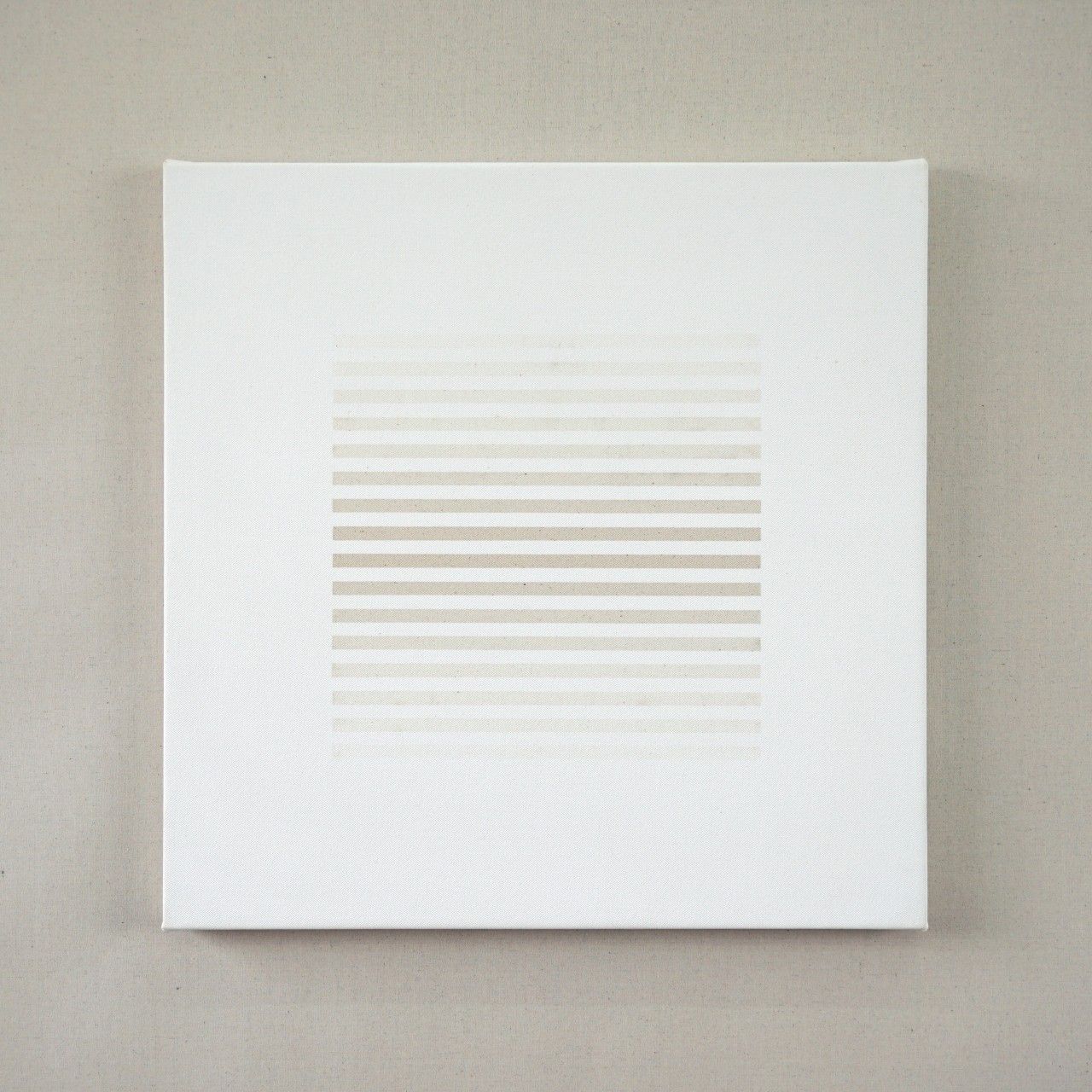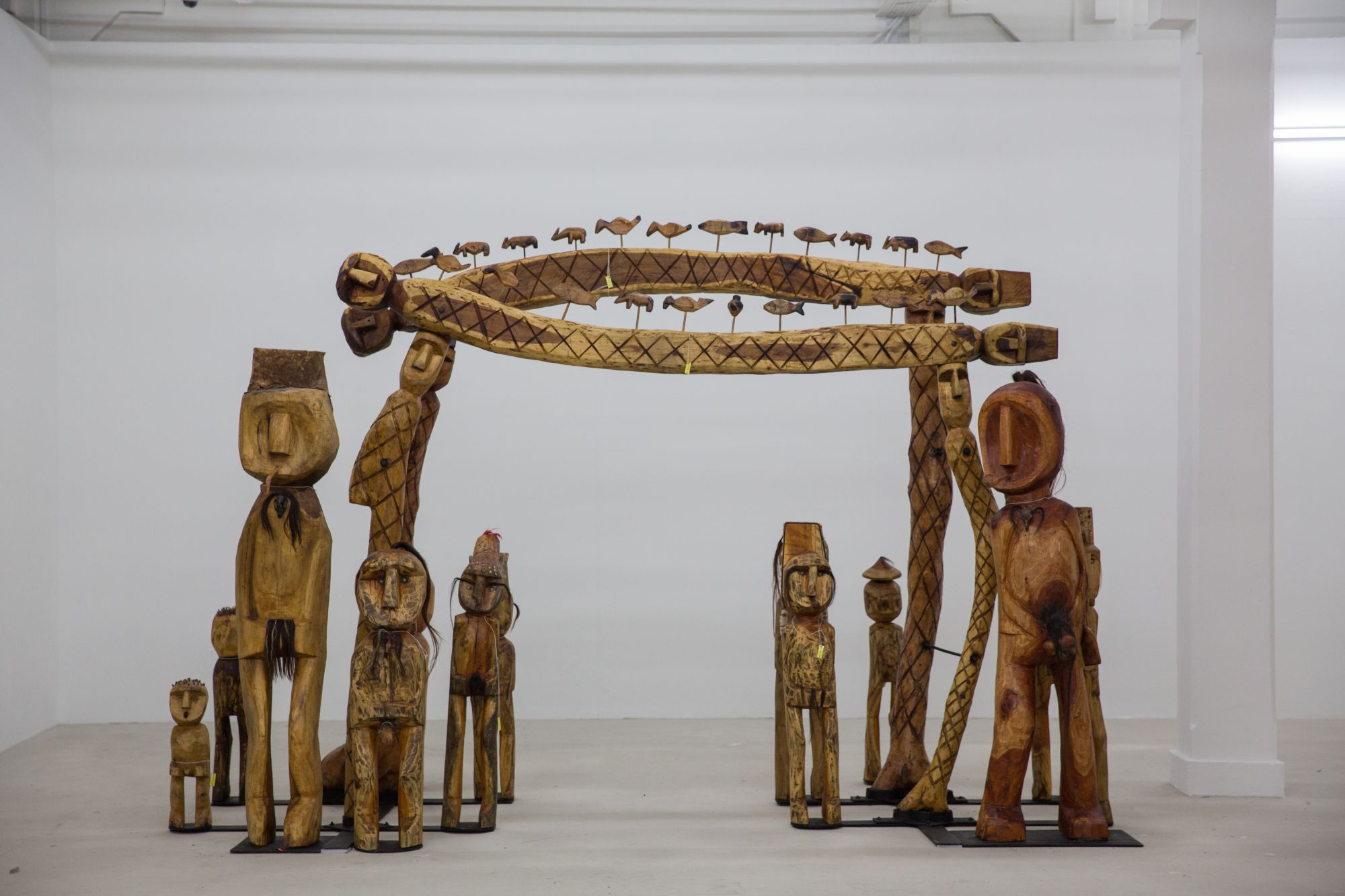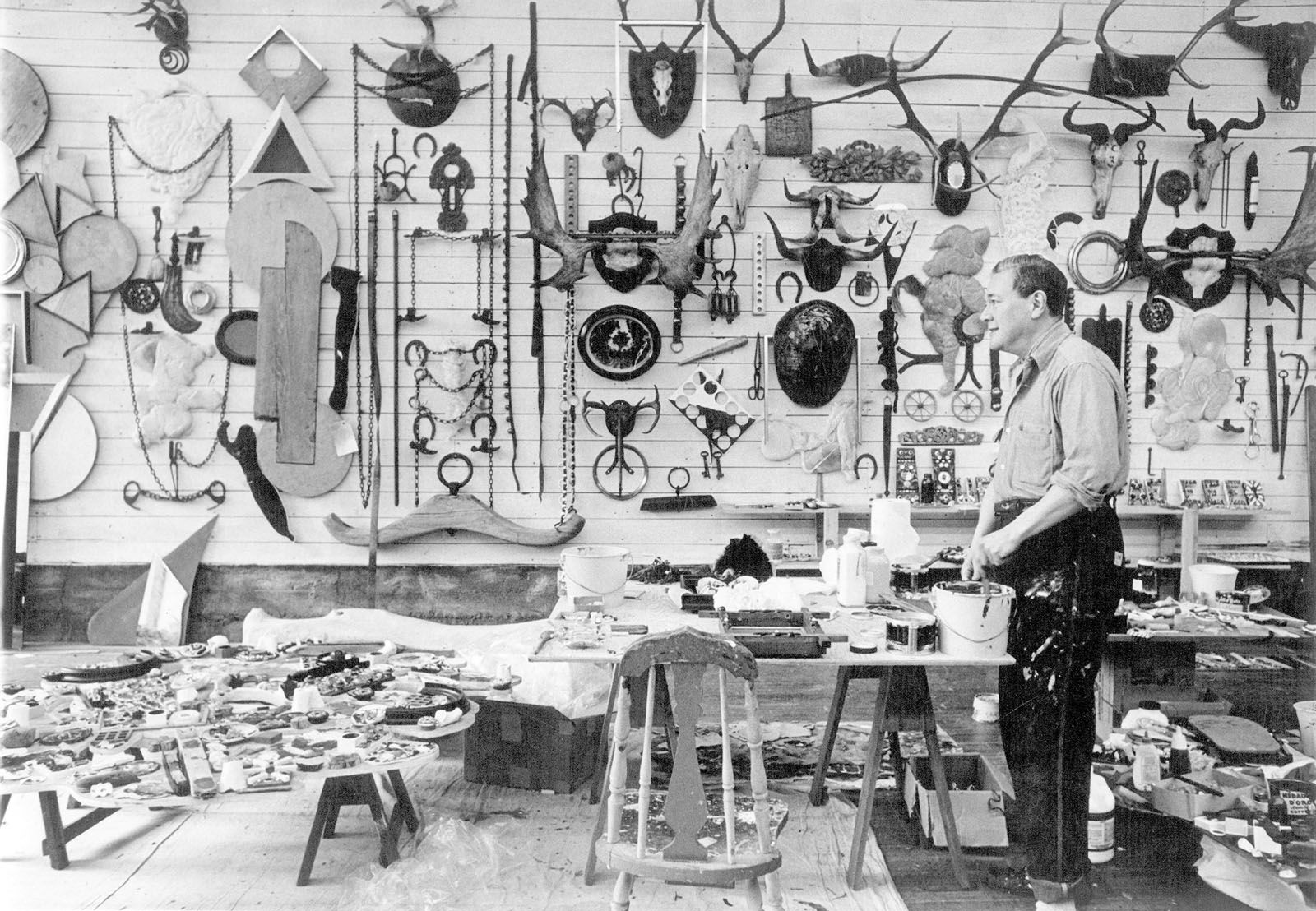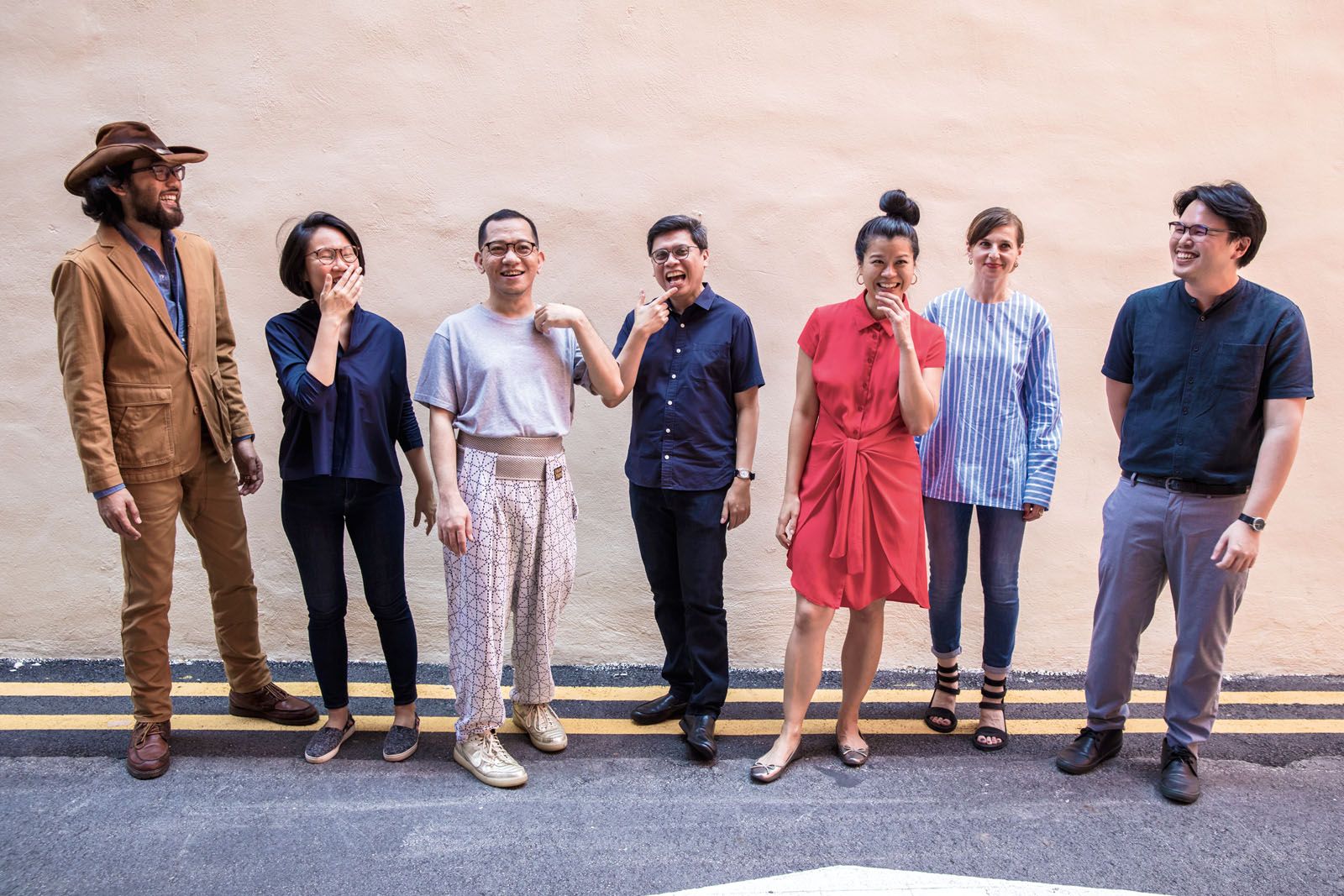With the world in a state of flux, artistic director Patrick Flores shares how art and artists can be the catalysts for transformation
The name Salud Algabre may not sound familiar to many, but the story of the Filipino revolutionary may inspire you. Algabre was the central figure of a 1930s peasant movement, which did not appear successful in its protests against large landowners. But when she was later asked about its perceived failure, she reasoned that no movement fails; “each one is a step in the right direction”.
This sincere declaration is the inspiration behind the title of the upcoming Singapore Biennale—Every Step in the Right Direction, which takes place from November 22 to March 22, 2020, and features a line-up of more than 70 artists and collectives from Singapore, the region and beyond. Organised by the Singapore Art Museum (SAM) and commissioned by the National Arts Council, the sixth edition of this international contemporary art exhibition offers an exploration into our human condition in light of the troubled times the world faces today, from climate crisis to political instability, while taking the steps for change and betterment.

At this point, it is probably apt to highlight that there is no one right direction. Patrick Flores, artistic director of Singapore Biennale 2019, explains, “This idea of the right direction is processed and allowed to play out through the experience of art. As artists try ways of responding to the world and expressing that response through experiment and risk, so does the audience think through and make sense of the different directions that the right kind of action might take.”
To allow for action and reflection, the biennale will be presented in a “festival-seminar” format with convivial, participatory and community-responsive projects, as well as reflective, archival and research-oriented works.
Much like Algabre, the process of transformation begins with a single step. This is a sentiment shared by Singaporean performance artist Amanda Heng, who will revisit her acclaimed Let’s Walk (1999) series with Every Step Counts (2019), where she examines the relationship between humans to the outside world and the psychological resources of the body. She also reflects on her earlier series of walking performances, where members of the public joined her in walking backwards along the streets with a shoe stuck between their lips and only a handheld mirror to guide them.
(Related: 5 Minutes With... Pioneer Performance Artist Amanda Heng)





